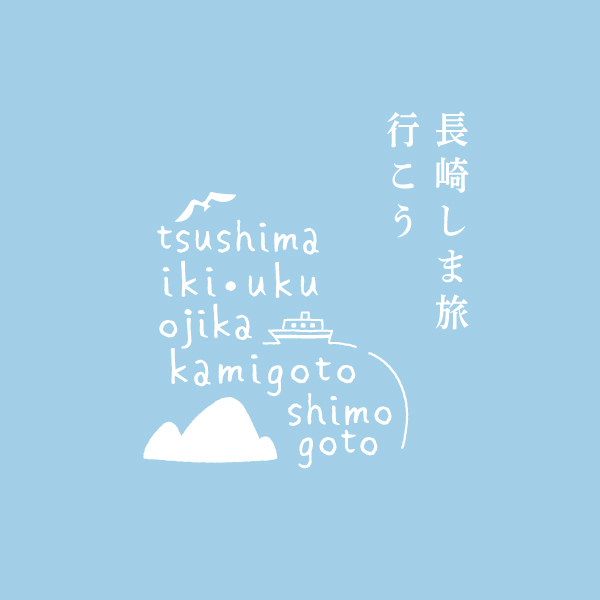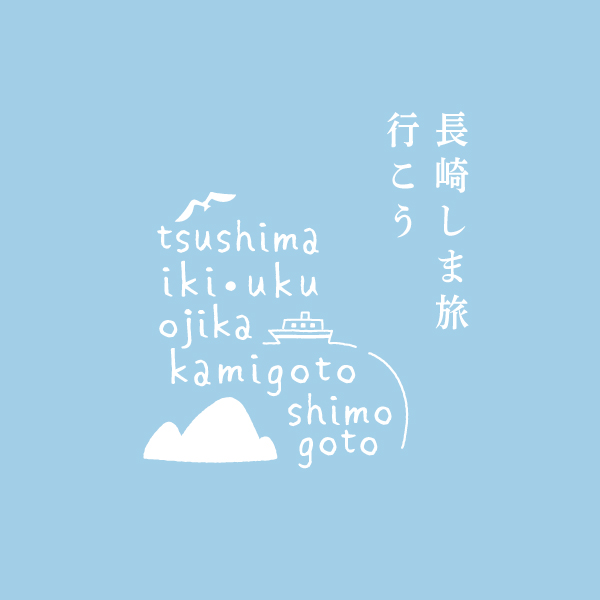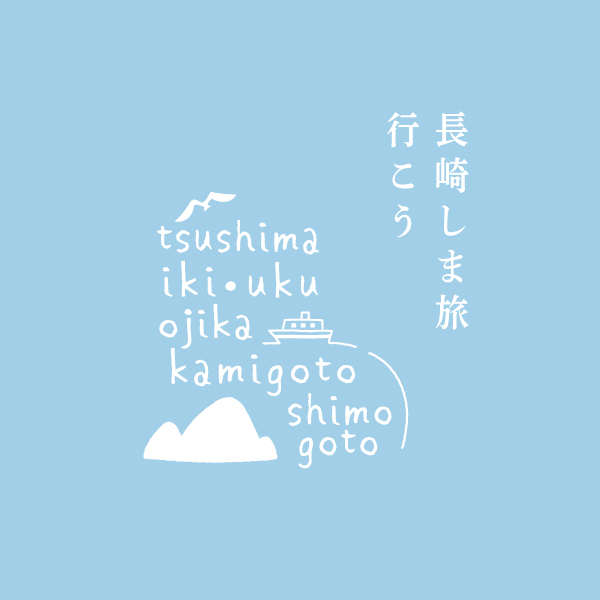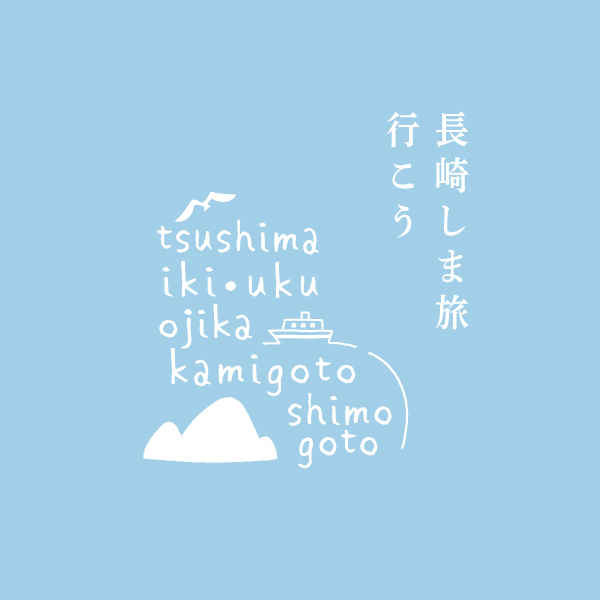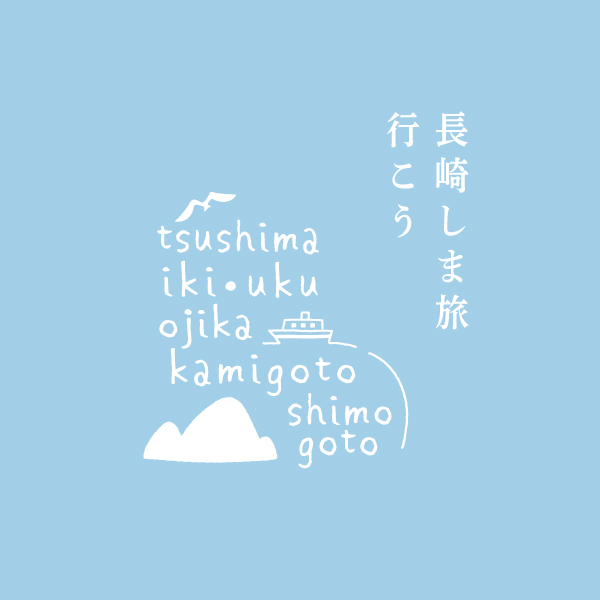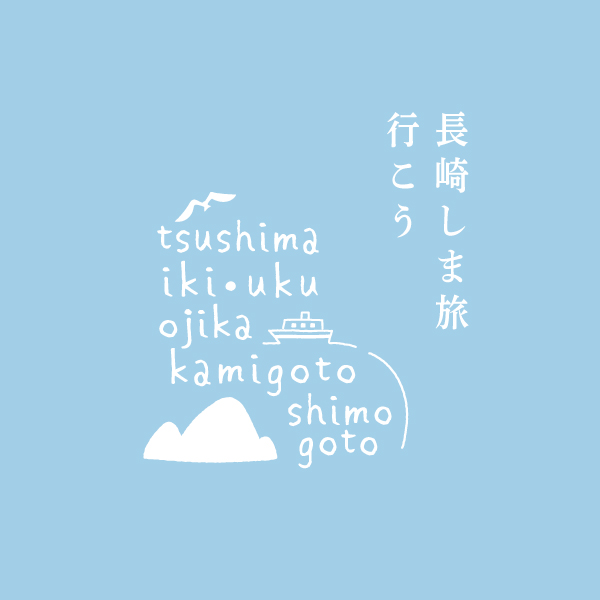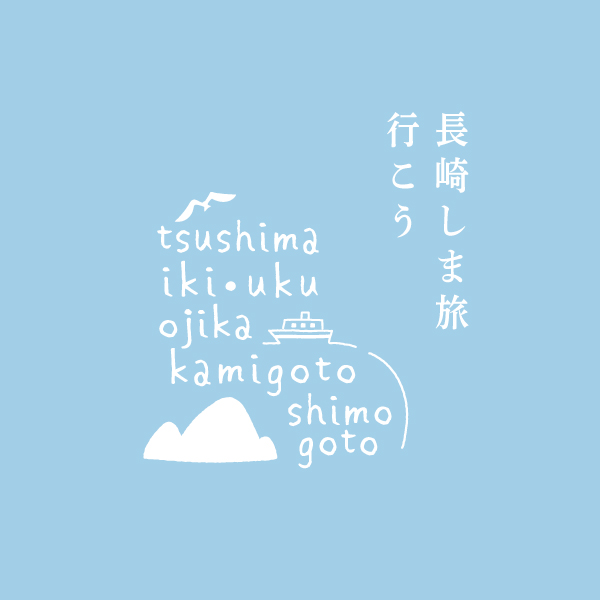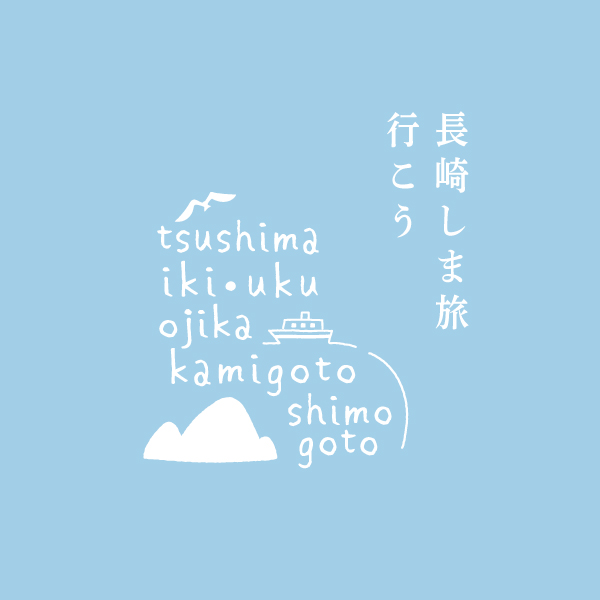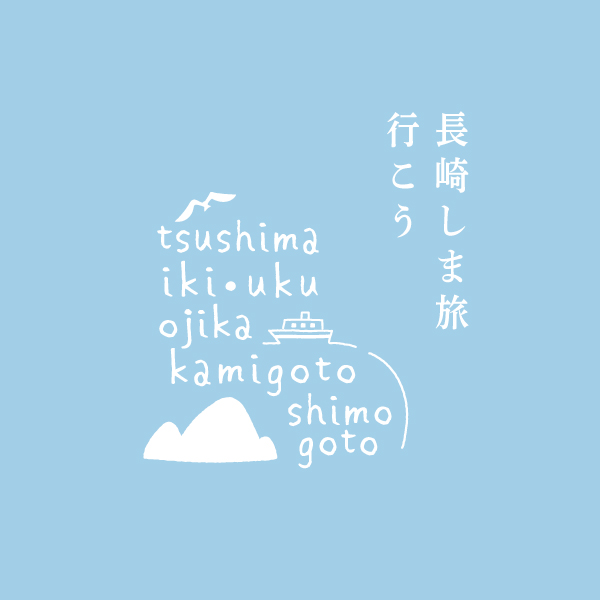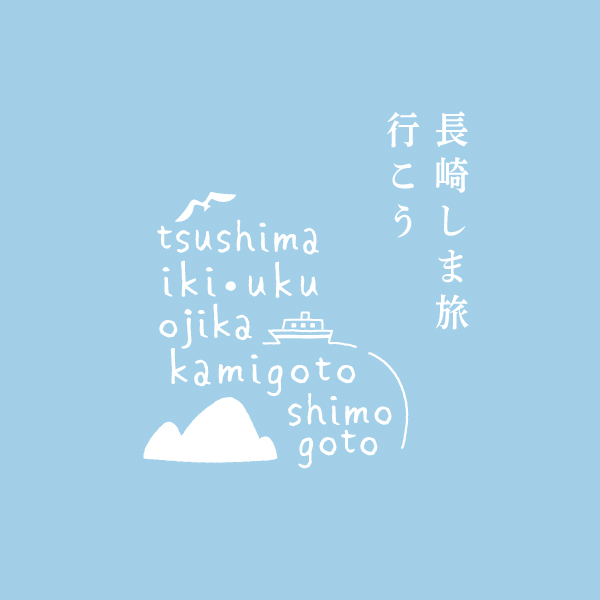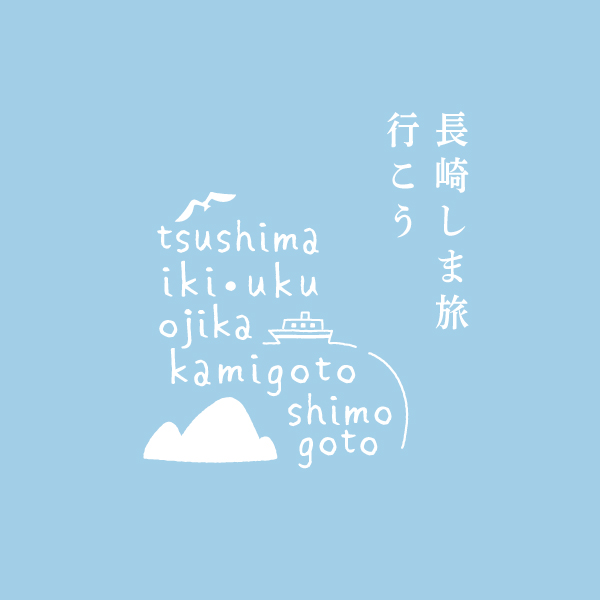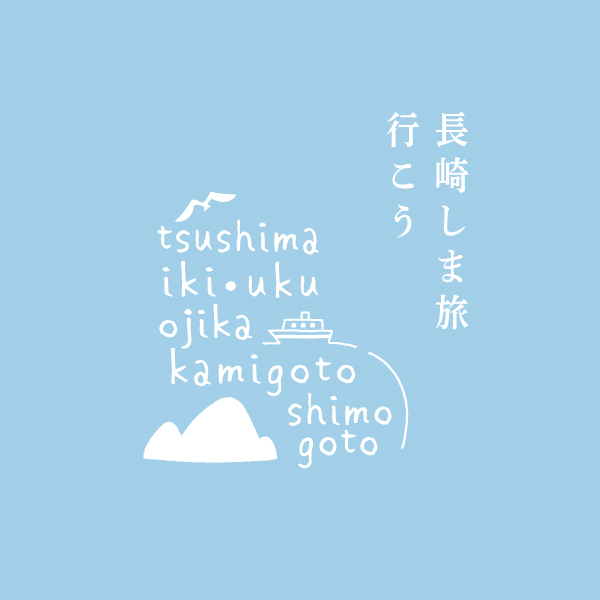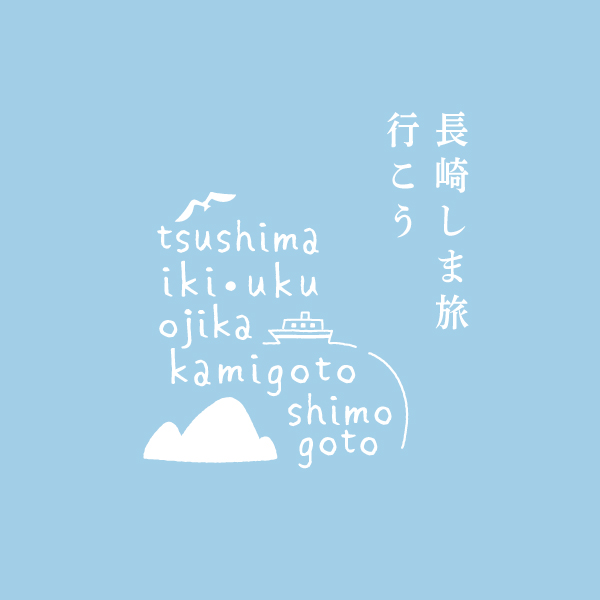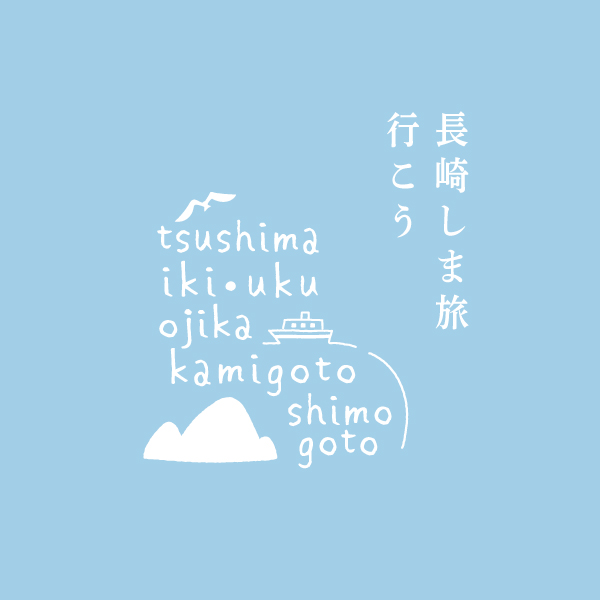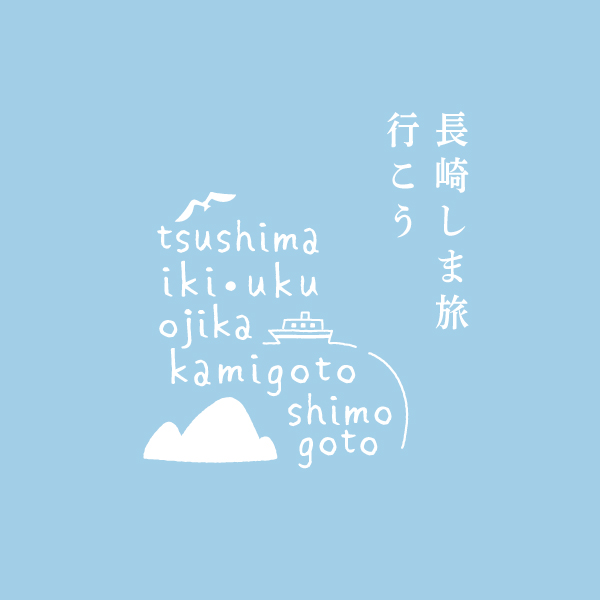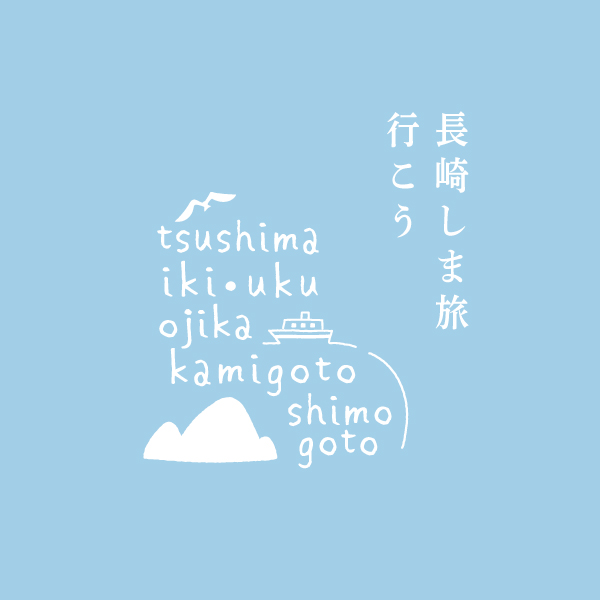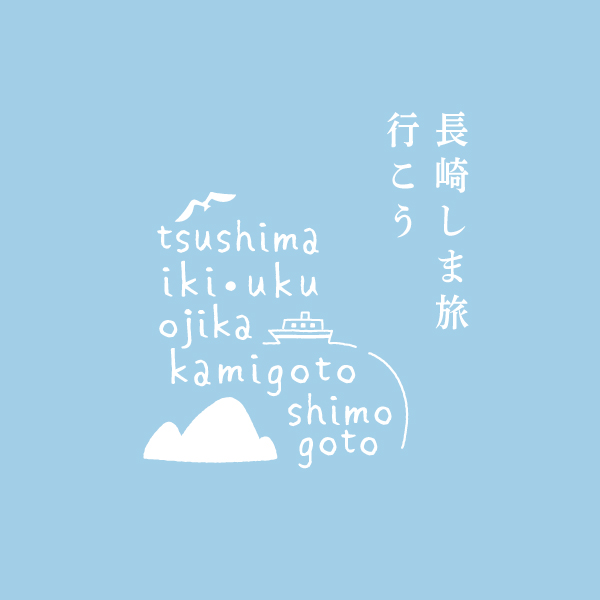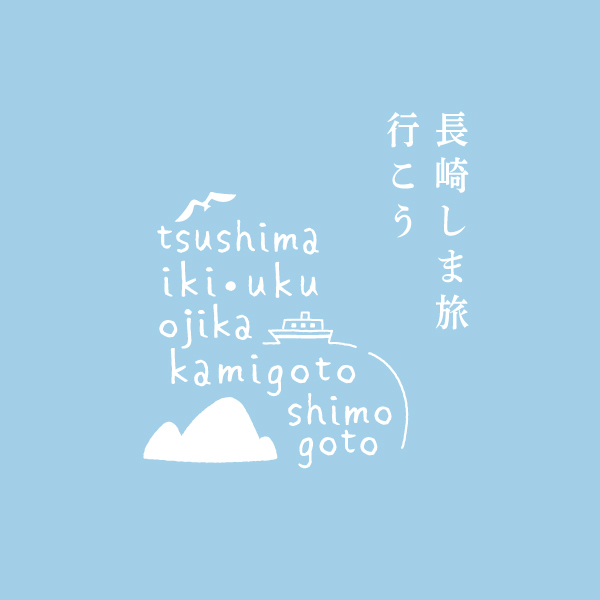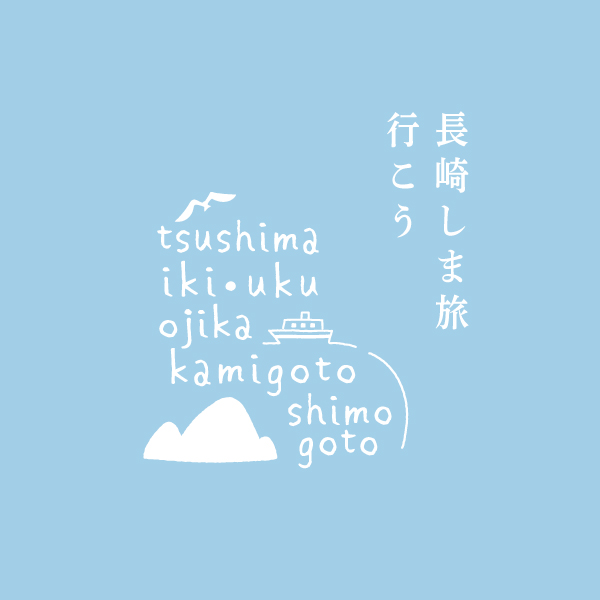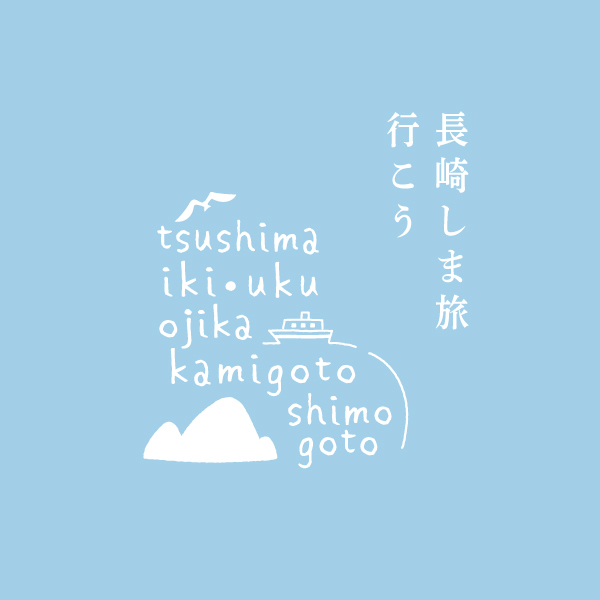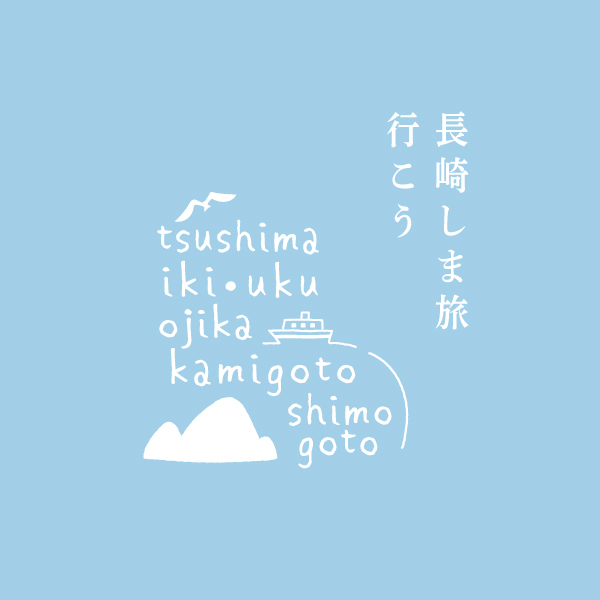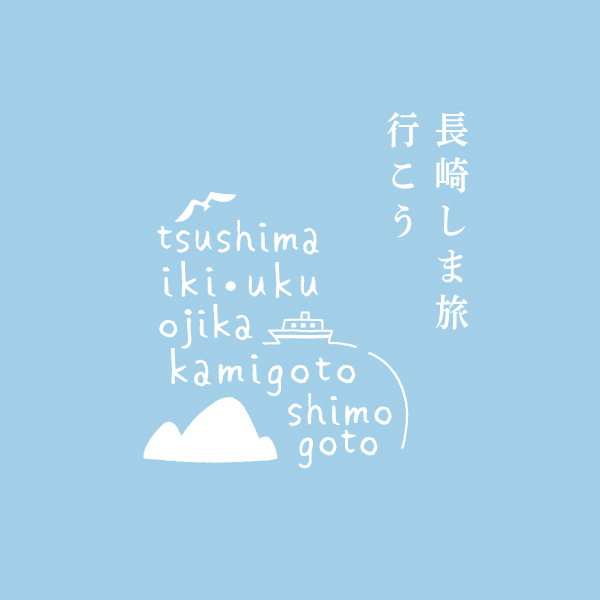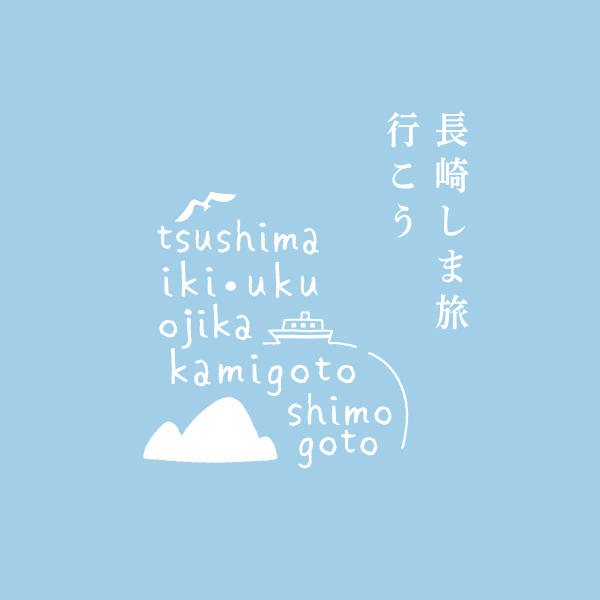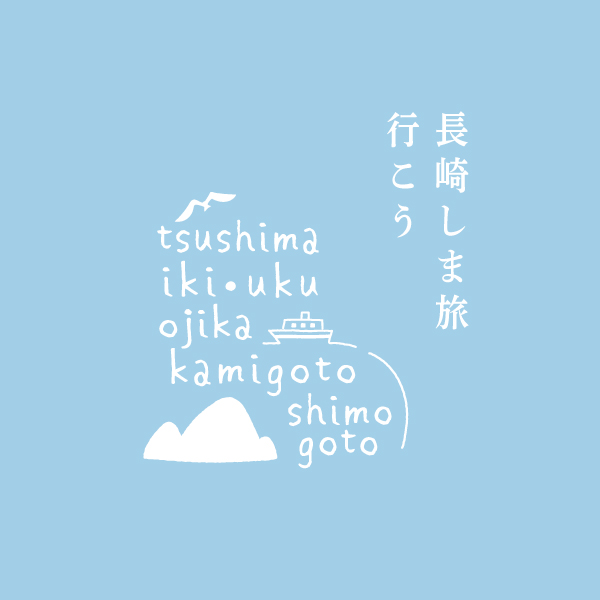
Jin Sakai, a man who strayed from the path of the samurai and reinvented himself as a legendary dark figure
or “the Ghost,"rose from the underworld to extricate the island of Tsushima from enemy control.
A highly anticipated, open world action adventure set against an authentic historical background.
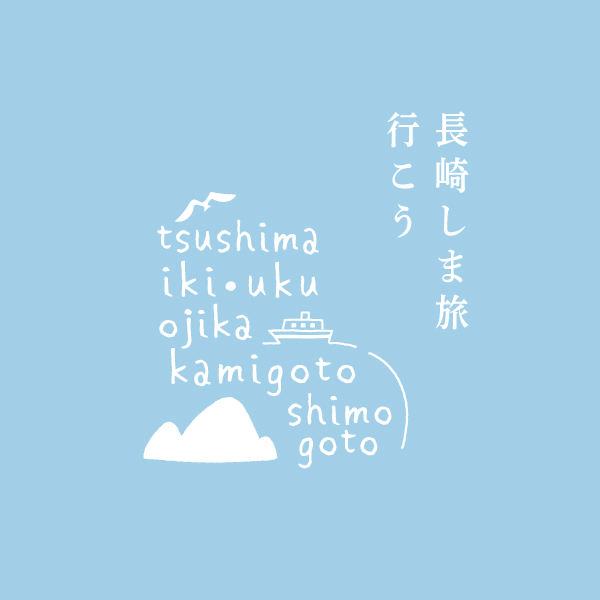
About Tsushima
GHOST OF TSUSHIMA unfolds in Tsushima, in the Genkai Sea in northern Kyushu, Japan.
The island is part of Nagasaki Prefecture and boasts abundant nature with 89% of the terrain covered in mountains and forests.
With most of East Asia just a stone’s throw away,
it has also set the stage numerous historical events, including the Mongol invasions of Japan.
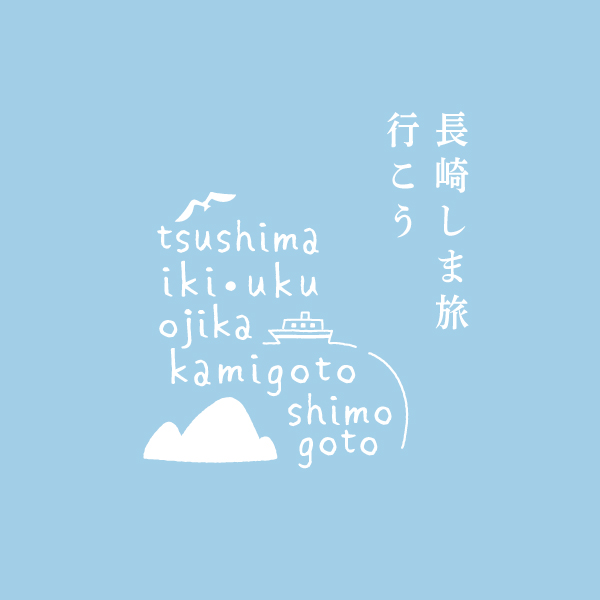
The Mongol Empire invasions
Tsushima saw two battles during the Kamakura period (1185-1333), the battles of Bunei and Koan respectively.
GHOST OF TSUSHIMA unfolds in the Kamakura era, with the Mongol Empire invading Tsushima,
and depicts the main protagonist Jin Sakai taking unrelenting revenge against the Mongolian armed forces.
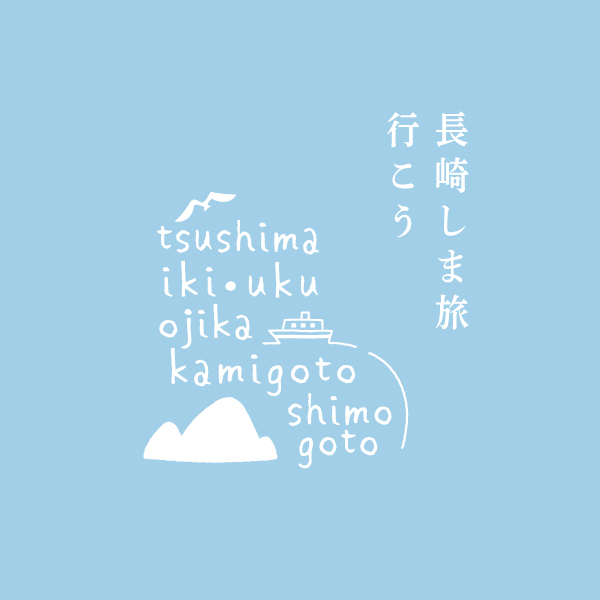
Komoda Beach Invasion
The first step in their quest to occupy Japan was the army gaining a foothold on Komoda Beach in Tsushima.
It is said they had 30,000 soldiers and 900 warships at their disposal.
The warriors who tried to resist were decimated in the face of overwhelming military power.
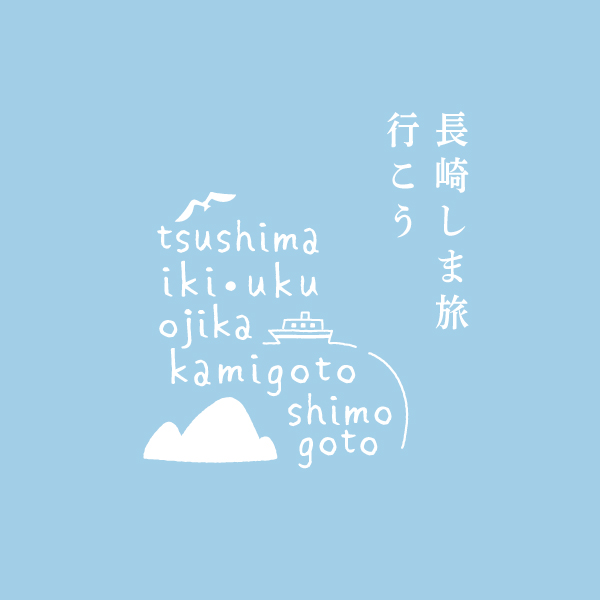
In GHOST OF TSUSHIMA, the world of the game takes inspiration from the actual island of Tsushima
and is therefore not a blueprint of the locale but rather portrays elements taken from reality.
The ambitious challenge in store for us was how much of this realistic setting should be incorporated into the game,
and what kind of story we want to tell.
(From the left: Art Director Jason Connell,Creative Director Nate Fox and Producer Ryuhei Katami.
From the E3 2018 media session debut. )
Komoda Beach
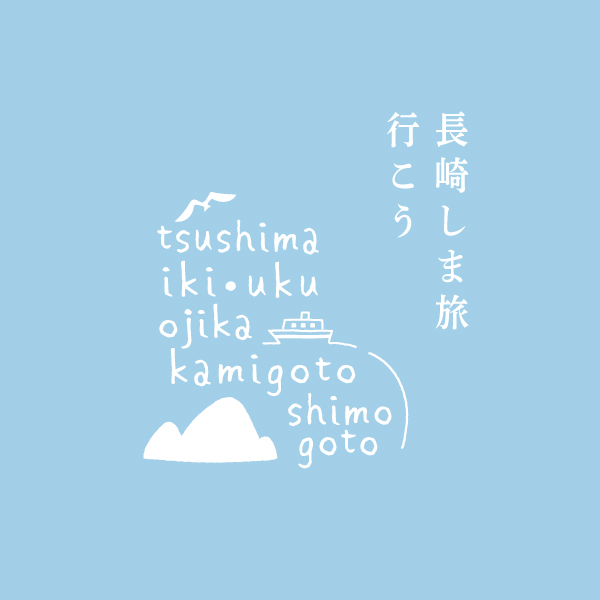
Historically, the spot where Mongolian armed forces first made their attack,
Komoda Beach today is a beautiful spot with stunning sea and pristine white sand.
Occupying a symbolic presence in Tsushima, this peak has been revered as a sacred mountain since ancient times.
Mt. Shiratake
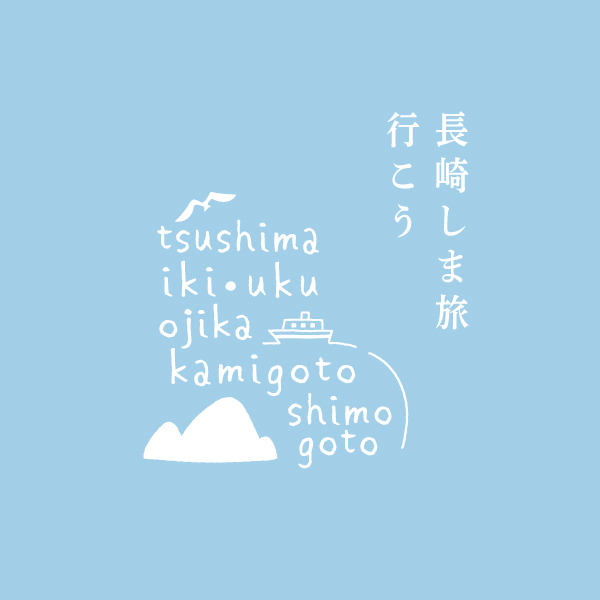
Both continental and Japanese fauna coexist within this unique ecosystem,
which is also a designated natural monument.
It also lends itself to trekking and offers wonderful views, despite the steep slopes on the trail.
Watadumi Shrine
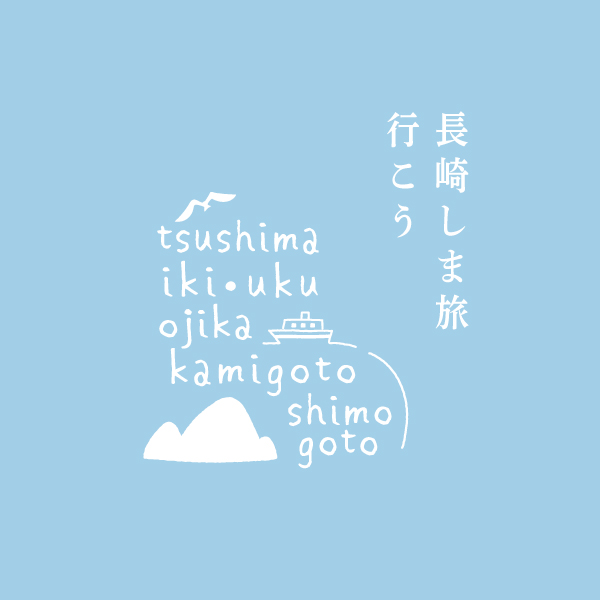
A shrine situated in central Tsushima, dedicated to the deities Hikohohodemino Mikoto and Toyotamabime.
Two of the five torii shrine gates are built in the sea and, at high tide,
the sea water encircling the shrine is evocative of the palace of the Dragon God,
while the majestic nature of the construction draws throngs of visitors to the shrine. At low tide,
the first torii gate is accessible on foot.
Kaneda Fortress Ruins
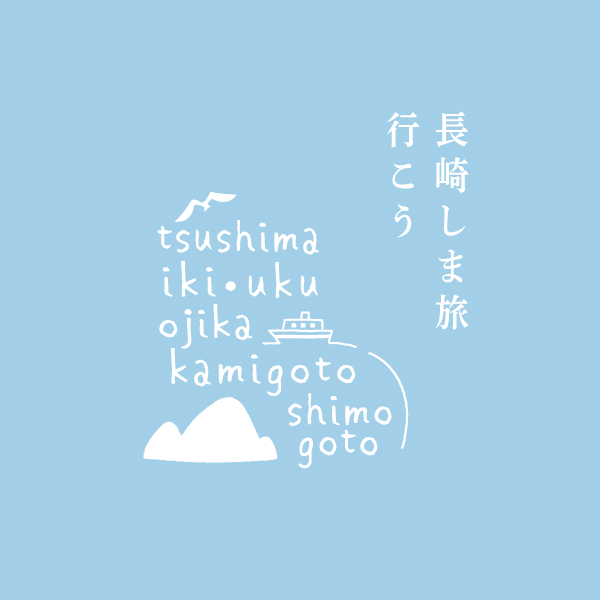
This ancient mountain castle was constructed in 667 on a peak known as Mt. Joyama,
jutting out from the southern shore of Asou Bay. Following defeat at the hands of the Silla–Tang alliance in 663,
the Japanese nation is said to have built a castle on Tsushima as the front line of defense.
More than 1,000 years later, on the eve of the Russo-Japanese War and reflecting the international climate at the time,
the castle was remodeled into a fortress and huge gun emplacements were mounted in place.Adjacent to the castle,
the ancient mountain fortress built by Japanese defenders more than 1,350 years ago and the modern fortress erected by the former Japanese army just a century ago,
occupy a designated special national historic site where the story of their extraordinary history unfolds.
Banshouin Temple
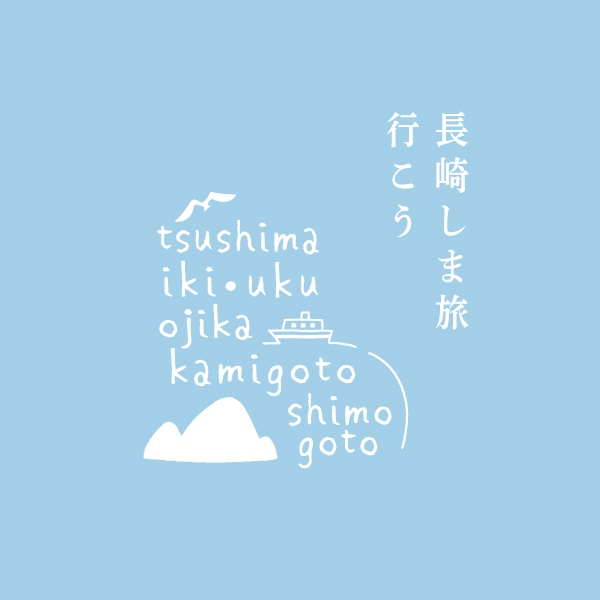
Banshouin Temple, a national historical site, is a temple that was built in 1615 by Yoshinari,
the 20th head of the Sō clan, to pray for the repose of his father, Yoshitoshi.
It has since become a family temple for successive generations of the clan.
After repeatedly being destroyed in several successive fires, the main hall we see today was built in 1879.
The 132 stone steps called Hyakugangi and the stone lanterns lined up alongside them create a magical atmosphere.
Mt. Ariake
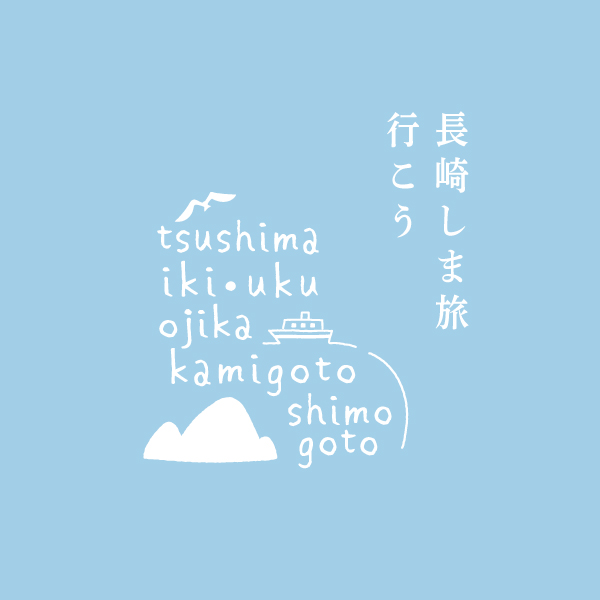
Mt. Ariake, located 2.5 km west of Izuhara Port,
is a famous peak referred to as “Tsushima Ridge” in the Manyoshu poetry anthology.
It is considered a landmark for journeys en route to Tsushima as well as for continental routes.
Despite some steeper slopes near the summit,the trail is generally easy to walk.
Atop the mountain is a wide grassy plateau with glorious views of Tsushima’s highest peak, Mt. Yatate and Mt. Shiratake.
Rhododendron mucronulatum ciliatum
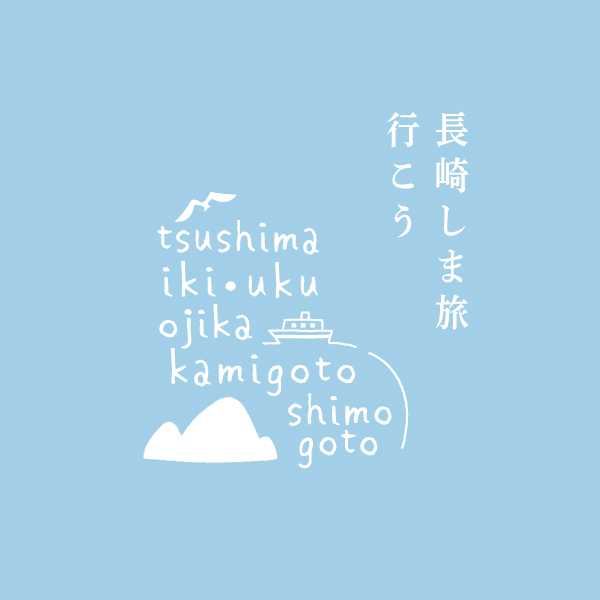
The best time to enjoy this flower is from mid-March to early April.
This is a deciduous pink-flowered shrub that signifies the arrival of spring in Tsushima.
Although proliferating on mountain ridges in general,
this colorful flower that represents the city of Tsushima also adorns the rocky Tsushima coastline.
Kaneishi Castle Ruins
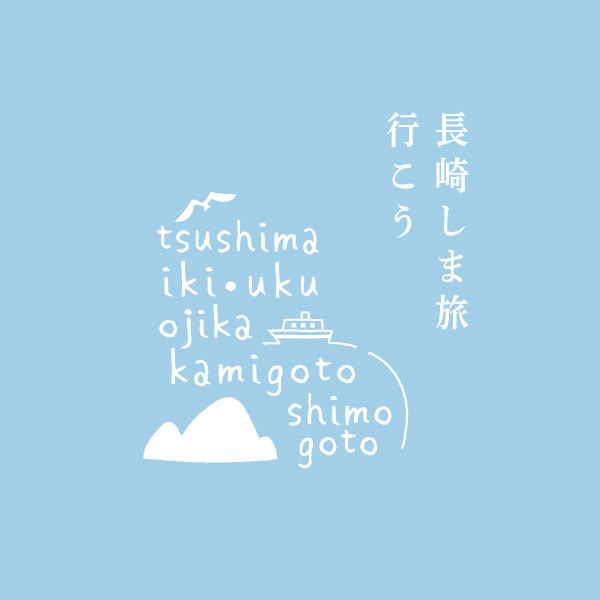
Kaneishi Castle was home to the Sō clan from medieval times (the Edo era) up to early modern times.
In the absence of a keep, a watchtower was built in its place.
The well-preserved stone walls showcase the masonry techniques unique to Tsushima used for such constructions.
Although the turreted watchtower gate was dismantled in 1919, a model survived, allowing the structure to be restored in 1990.
The castle ruins and the gardens excavated within them have been respectively designated as a national historic site and a spot of scenic beauty.
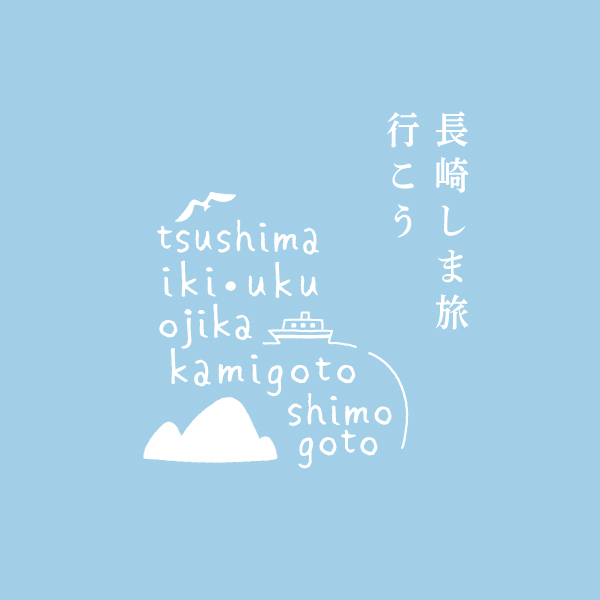
Enveloped in pristine nature, the island of Tsushima promises a true open world experience.
Featuring expansive, natural fields that anyone can fully enjoy exploring,
periodically traverse the wilds while experiencing a culture reminiscent of ancient times.
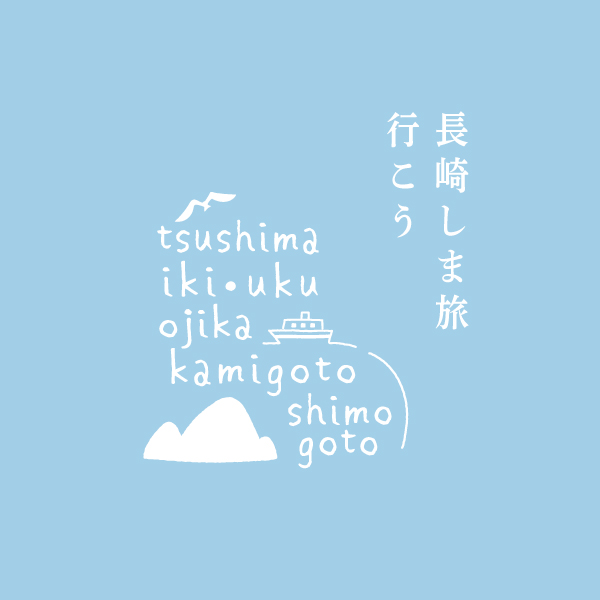
Trekking on Mt. Shiratake
Enjoy trekking across Mt. Shiratake,
a real locale that also features in GHOST OF TSUSHIMA.
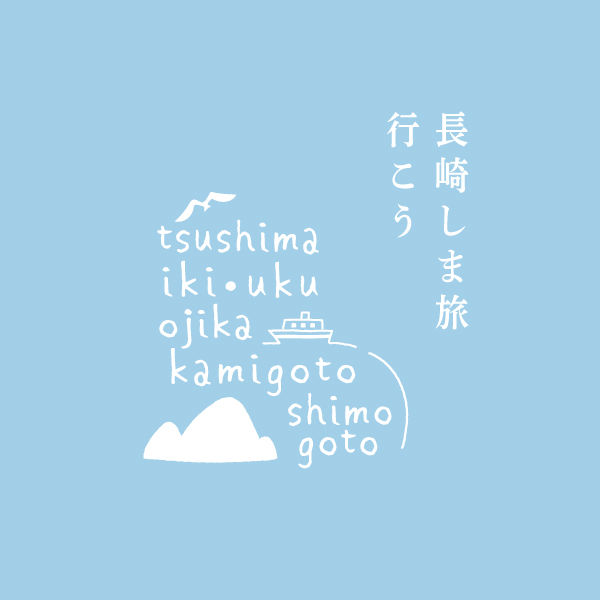
Search for Kaneda Castle Fortress Ruins
Climb the castle fortress ruins for an incredible view of Tsushima's extensive scenery.
Learn More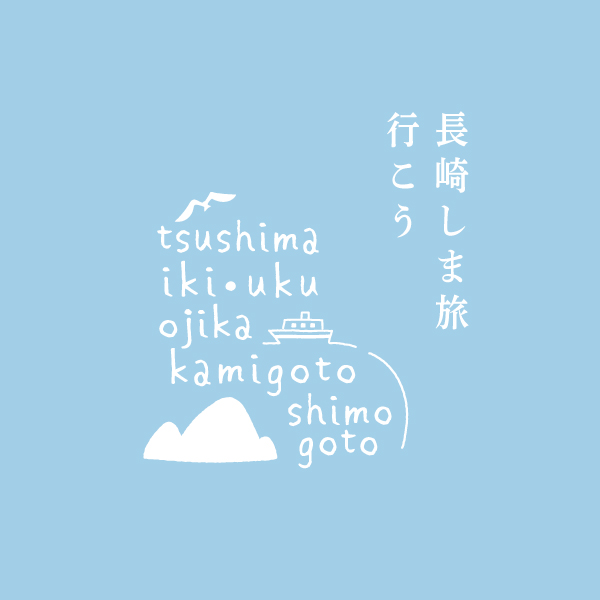
Sea Kayaking from the Land of Myth
Take to the sea where the Mongolian army once invaded.
This activity offers the same view of Tsushima
as actually seen from the sea.
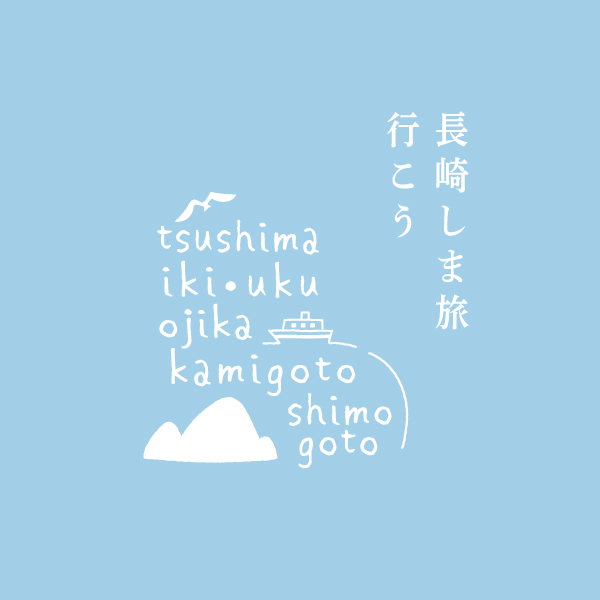
As expected from being known as a frontier island, Tsushima boasts an extremely unique culinary culture.
The following delves into some of the typical traditional cooking that stems from the history and expanses of nature found on the island.
Be sure to savor everything Tsushima has to offer when you visit.
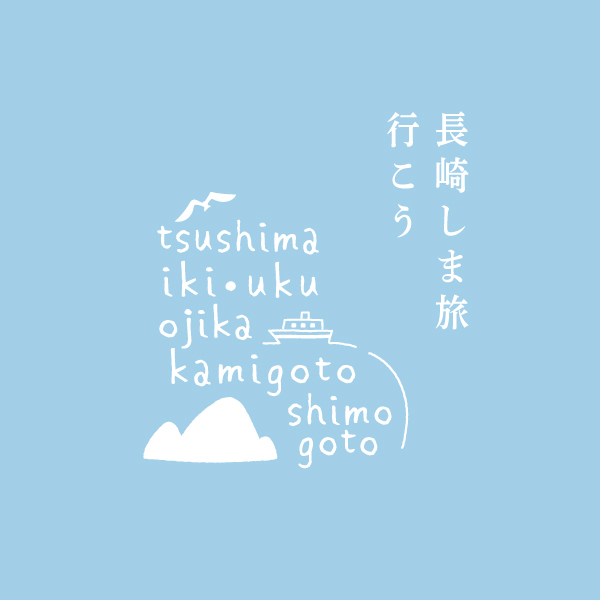
Iriyaki Hot-Pot
This dish is a local specialty of Tsushima, known as Iriyaki which stems from the technique of roasting then pot-boiling the chicken and fresh fish.
The stand-out touch for Tsushima is to add somen noodles at the end.
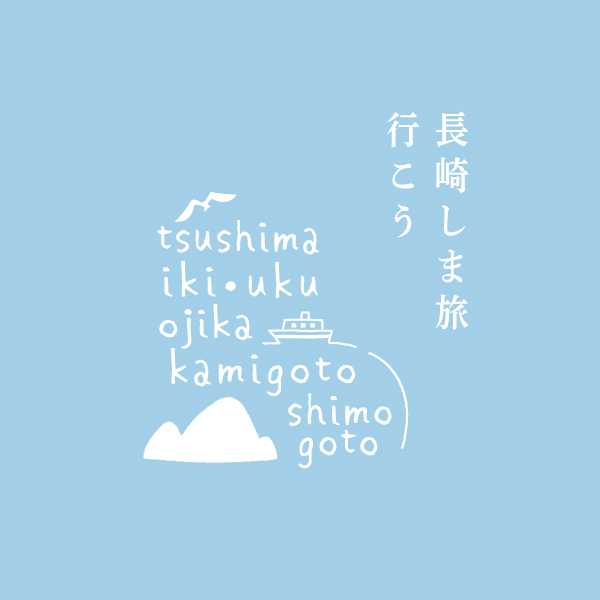
Rokube Noodle
Rokube is a noodle dish made from sweet potato starch.
Rokube noodles are made from battered dumplings called "sendango," the product of sweet potato starch,
and characterized by their pulpy and unique texture.

Taishu Soba Noodles
It is said that soba noodles were brought from the Asian continent to Tsushima first,
before being introduced throughout Japan.Given the isolation of the island setting,
Taishu soba (Taishu being the old reading of Tsushima) is thought to have remained almost unchanged and not been crossed with any other varieties.
Although the crop yields are unremarkable, it has an unmissable aroma and is held in high esteem by buckwheat noodle connoisseurs.
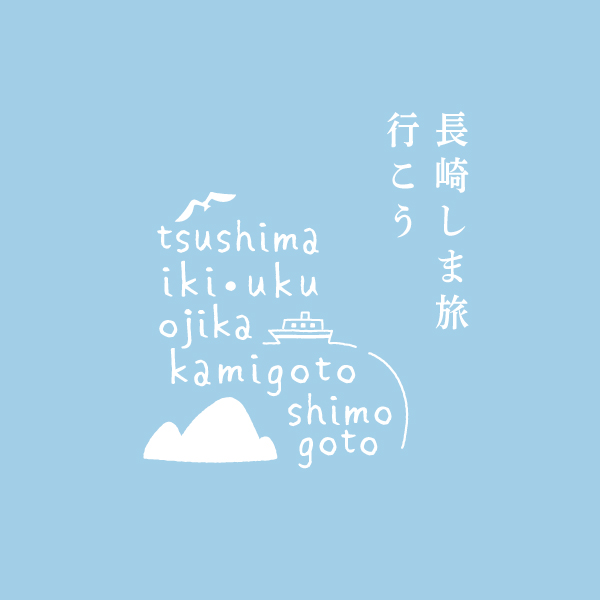
Conger Eels (Anago)
The conger eels caught off the westerly Tsushima coast are bulkier and tastier than any other species worldwide.
In addition to the tempura and white-baked or boiled conger eel staples,
this food can be presented in numerous other ways.
Take the must-try unrivalled sashimi for example,
with its white flesh but a sweet and full-bodied flavor accompanied by a unique crunchy texture.
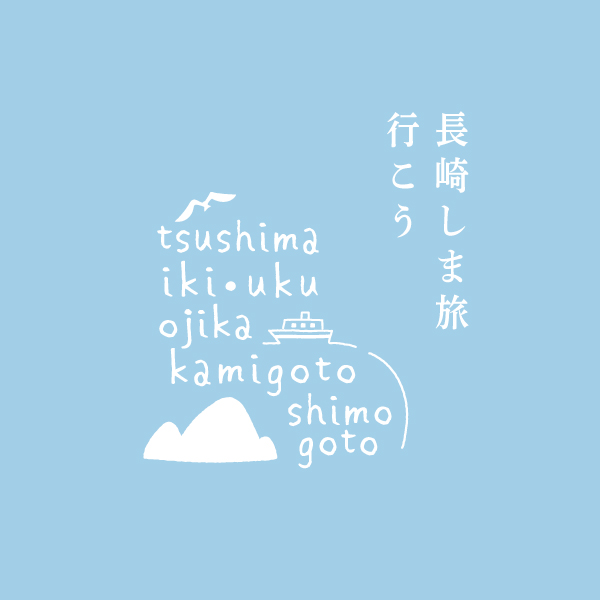
Kasumaki
The Tsushima clan, which prospered on the back of trade with Korea during the Edo period,
welcomed the feudal lord returning from Edo as part of the system at the time of alternating residences and the kasumaki is said to have been invented so that the whole household could celebrate. This was made with sugar, a luxury at the time, and remains unchanged to this day.
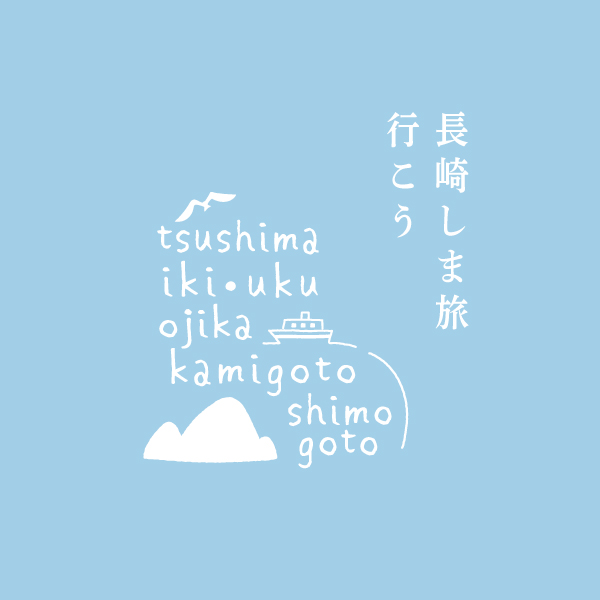
Quarity Fish from Tsushima
Encapsulated by the sea, the Tsushima catch is one of the largest in Japan and its fish are distributed to famous restaurants throughout the country. Freshly caught seafood of the day can be enjoyed cheaply and island-wide,
attracting crowds of tourists who are keen to enjoy the culinary delights particular to this spot. Tsushima is an island where you can enjoy the great taste of the fish on offer, no matter how it is prepared.

